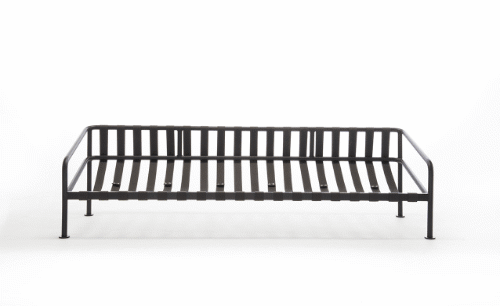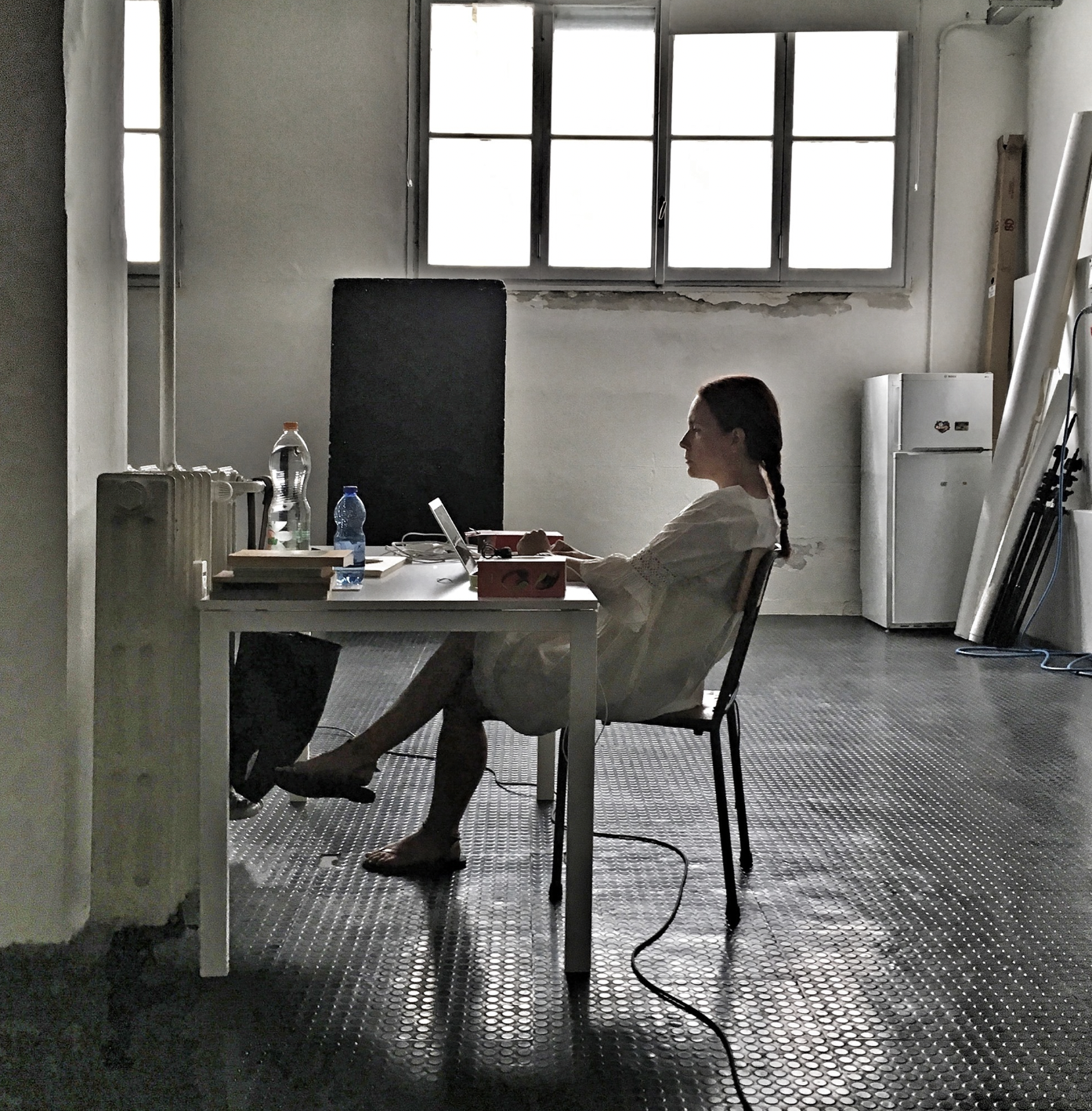A brief history on how to design a revolutionary sofa
KEY TAKEAWAY:
Based on a metal framework, suspended straps and a tailored set of cushions, the Za:Za sofa by Zaven for Zanotta is a lesson on designing a breakthrough product (and on the power of well presented disruptive ideas)

The most dreaded question for an industrial designer is: does the world really need your product?
When it comes to the Za:Za sofa by Zaven for Zanotta the answer can be yes, for two reasons.
The first one is that this new piece of furniture changes the way a residential seat can be designed, providing a clever approach in terms of lightness and simplicity and, ultimately, sustainability.
The second one, that it is a textbook example of how a well argumented disruptive idea can obtain the full support of a company, even when there is no certainty of a commecial success.
How to respond to a brief, the smart way
Zanotta needed a new sofa, they told Zaven.
And when they say “new” at Zanotta, they really mean it.
The brand fathered pieces such as the iconic Sacco armchair, the Mezzadro, Sella and Allunaggio by Achille Castiglioni, the Quaderna table by Superstudio plus a bunch of Carlo Mollino editions just to name a few.
So Studio Zaven founders Enrica Cavarzan and Marco Zavagno decided to leverage on the love for risk that Zanotta always displayed to put on the plate some revolutionary thinking.
“If you don’t try a disruptive idea with a brand like that, who would you ever do it with?”, they thought.
So they responded to the brief with two very different proposals.
- The first one was the composed answer to the expectations and it was immediately accepted by the management.
- The second one was the breakthrough one. A sofa based on straps hanging from a rigid skeleton holding the upholstery: a jeopardizing venture into a new typology of lightweight, sustainable, comfortable and more democratic looking seat.

Challenging the company on its own values
When a concept is so out of the box, it helps to present it in a very clear manner, in a way that leaves no room for misunderstandings. The purpose is to get consensus on a concept that – being so new – cannot have any marketing data to support it when it comes to envisaged success.
Zaven used a prototype rather than a 3D rendering, a useful investment when you need to show the composition of a piece. They also played on the psychology of their client.
“If Zanotta doesn’t dare, who would?” they said to the art director, Cristina Nardi. It worked.

The prototype explained how the system of pockets which is at the basis of the Za:Za design can contain the upholstery.
The prototype showed that the idea could work yet a number of other technical details were far from a definitive solution
Balance, structure, comfort, angles, inclinations…All these parts needed tests and improvement.
On behalf of the company, this meant an economic effort and an unpredictably time consuming work to reach the right solutions.
All of this without knowing if the market would happily receive the phantomatic and quite bizarre product.
Zanotta decided to take the risk.
A sofa that is a sofa but also isn’t
What is a sofa?
- Its nomenclature is known: a wooden or metal case, a layer of more soft material (usually is polyurethane foam) or metal springs, then another soft layer that accommodates different density polyurethane filled cushions.
- Alternatively you have a destructured typology, which is simply made out of polyurethane foam. This one is the typical Seventies slouch sofa.
Zaven deconstructed the traditional sofa structure to understand how to change it.
They understood quite instinctively that an option to change the paradigm and get rid of the heaviest elements was
to eliminate the case to substitute it with straps hanging from a rigid skeleton.
Straps are in their daily panorama because of their studio facing the Venetian port of Marghera. Insights come always from ordinary hints.

Solving ergonomic issues: the critical part
The Za:Za sofa basically mimics the deckchair but obviously creates the same ergonomic issues: you tend to sink on a deckchair more than sit on it.
There’s a very clear set of stability and comfort issues to solve when a structure is based on a hanging support.
- First of all you have to find the right angles of inclinations for the straps to be hung, to eliminate the “sinking” theme.
- Then you have to adjust the cushion’s padding to reach a good grade of stability.
“In solving these issues, the collaboration with an experienced company and its technical office becomes key”, says Zaven.
The process that followed was a lengthy one, made of trial and error.
The upholstery
Beside the genial idea that revolutionized the framework in a hammock style design, there is the sustainability part of the project which consists in its upholstery.

The entire soft part of Za:Za is similar to a tailored suit that perfectly fits and hangs around the backrest, the armrest and the seat.
The filling is cleverly distributed in different individual pockets
so that the weight and consistency is perfectly controlled and eliminates any waste or useless abundance of material.
The padding is made from a non-removable inner lining of reclaimed and recyclable polyester which contains two soft elements: polyurethane, positioned in the lower or rear part of the cushion, and microspheres of recycled and recyclable polyester in the upper or front part.
Once Za:Za was ready, art director Cristina Nardi kicked in to design the textile lining with Zaven.
The preliminary part was the palette, then developed by Zanotta on an already existent exclusive sustainable cotton material.
Happy ending
Za:za is a comfortable, lightweight sofa. It gives a new sense to the aesthetic of sustainability because of its softness and its ergonomic performance: a sofa you fantasize to jump on after a hard day’s work.
Which is quite good news, because until now the collateral effect of the elimination of high impacting polyurethane foam was, briefly, discomfort.
Another good news is Zanotta’s choice to bet on bold research products that don’t fear the clientele’s judgment. We all know very well that innovation scares, even when it’s comfortable and soft.
Last but not least: the price.
Zanotta promises the actual retail price will be totally convenient for a mid-range sofa, a high end affordable item for those who cherish durability and quality.





